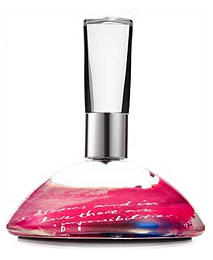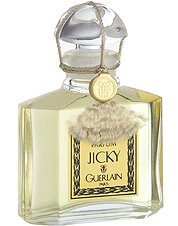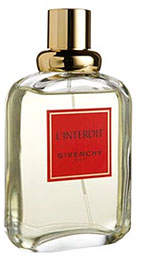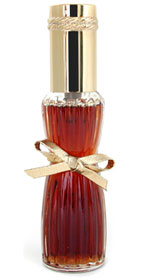Chergui, named after the wind that blows through Morocco during the summer is Serge Lutens’ very spicy oriental fragrance with a big dish of sandalwood.
In Bottle: Spicy and honeyed very sweet with a tickle of sandalwood. Smells absolutely beautiful.
Applied: Flare up of spicy honey with a slight sweetness and a very warm sandalwood scent that lingers in the opening creating this beautiful woody, spicy, oriental fragrance. As Chergui ages, it loses a bit of its honeyed quality and takes on more of a smoky vanilla scent and turns more towards the woodsy aspect, maintaining levels of its spiciness while the woods amp up and the honey slowly dissolves. Chergui takes on a strange transformation that shifts it from one fragrance family to another. As it leaves the honey the amber clings to the rest of the raft but doesn’t really match up in beauty compared to the honey. This turns into a sweet woodsy scent with a hint of spices in the mid-stage. The dry down is much of the same, as I see dry vanilla mellowing out in favor of more powerful woody notes and a lingering hint of spiciness.
Extra: Chergui was composed by Christopher Sheldrake. Chergui’s concept was to invoke images of that hot dry desert wind. I’m not sure I get desert wind from this fragrance so much as a fireplace in a cozy cottage in the middle of winter.
Design: As usual, bottled in a highly attractive tall glass flacon with a simple label that identifies the fragrance’s name and house. I love it when a line makes matching bottles for their perfume. Kind of gives the collector in me a little bit more urge to get them all and line them up in a neat row.
Fragrance Family: Woodsy Oriental
Notes: Honey, musk, incense, tobacco leaf, hay sugar, amber, iris, rose, sandalwood.
There’s a lot of disappointment about Chergui in the fragrance community and I noticed many of the disappointed reviews noted that this was a fairly banal oriental fragrance. I thought Chergui was lovely, a bit ordinary perhaps, and certainly not the desert-invoking fragrance it was toted as being. But it was a valiant attempt, I love its story, and it’s a good fragrance that smells fantastic. Sort of like a milder version of Opium.
Reviewed in This Post: Chergui, 2010, Eau de Parfum.




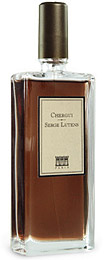
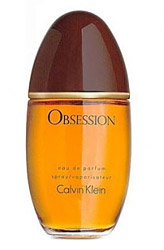
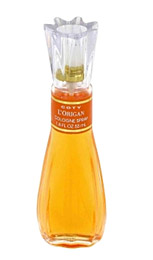
 this fragrance as well which does not help in the least in terms of identifying which style the original formula came in. Adding to this complication is Houbigant’s very sad but very complicated recent history and Raffinée not being as well known as it should be. I would like to take an educated guess but would rather not risk being wrong. The fragrance’s general theme seems to be art deco etched in gold on red which sounds like a tasteful treatment. Of the bottles I looked at, the ones involving the art deco design gave the packaging a bit of old design appeal. Much more interesting that the designs that lacked the art deco elements. If you can help me out with the vintage fragrance’s design, please leave a comment!
this fragrance as well which does not help in the least in terms of identifying which style the original formula came in. Adding to this complication is Houbigant’s very sad but very complicated recent history and Raffinée not being as well known as it should be. I would like to take an educated guess but would rather not risk being wrong. The fragrance’s general theme seems to be art deco etched in gold on red which sounds like a tasteful treatment. Of the bottles I looked at, the ones involving the art deco design gave the packaging a bit of old design appeal. Much more interesting that the designs that lacked the art deco elements. If you can help me out with the vintage fragrance’s design, please leave a comment!
